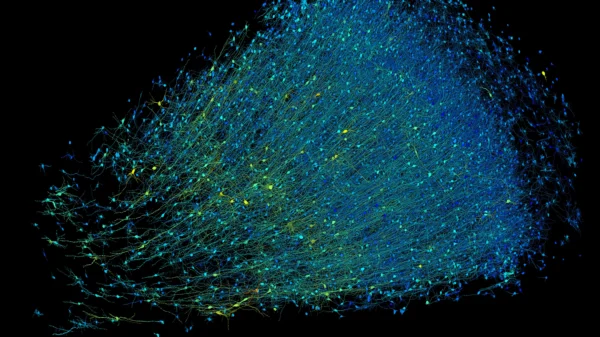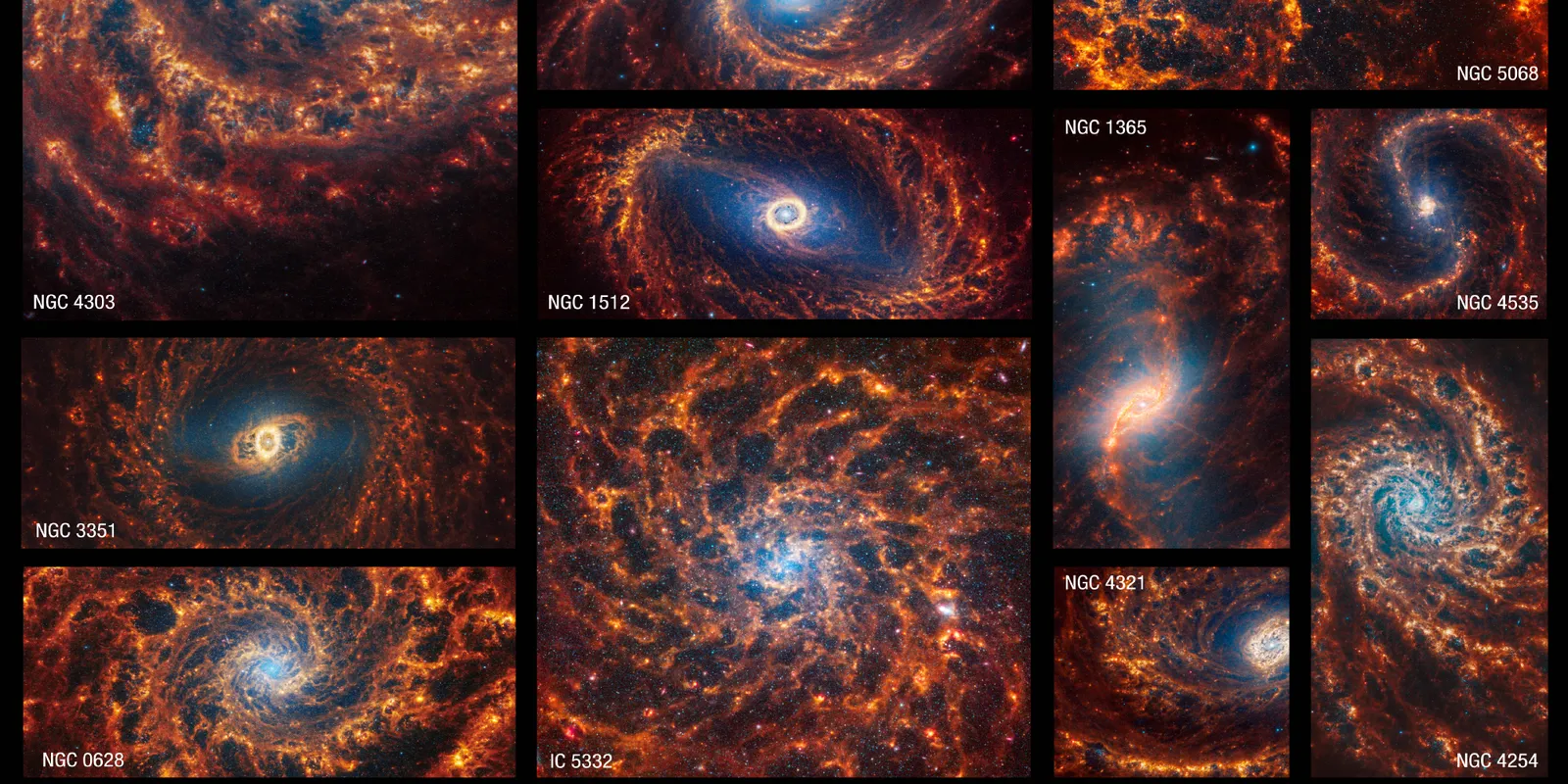Get ready to be dazzled by the cosmos! NASA’s James Webb Space Telescope has just unveiled a celestial spectacle, treating us to 19 stunning images capturing galaxies filled with stars and dropping subtle hints of supermassive black holes. This cosmic showcase, revealed on Monday, provides a mesmerizing glimpse into spiraling galaxies, all bathed in the enchanting glow of near- and mid-infrared light – a testament to the awe-inspiring capabilities of the Webb telescope.
It’s been almost two years since Webb’s initial images graced our screens, and just over two months since its European counterpart wowed us with groundbreaking views. This latest collection of images takes us on a cosmic journey, showcasing millions of stars gathering at the hearts of galaxies, unveiling intricate details in a way that’s never been seen before.
Janice Lee, a project scientist at the Space Telescope Science Institute, couldn’t contain her amazement, describing the images as “mind-blowing, even for researchers who have studied these same galaxies for decades.” Captured with the Near-Infrared Camera (NIRCam), Webb’s high-resolution images present a celestial masterpiece, with millions of stars shimmering in beautiful blue tones. Some stars gracefully stretch across spiral arms, while others cozy up in tight-knit star clusters.
Adding to the cosmic canvas, the Mid-Infrared Instrument (MIRI) paints scenes with warm shades of orange and red, spotlighting the glowing dust surrounding stars. This instrument also unveils bright red stars, still in their formative stages, wrapped in gas and dust that nurture their growth.
Erik Rosolowsky, a physics professor at the University of Alberta, offers insights into these stellar nurseries, explaining that these are the regions where the newest, most massive stars in the galaxies reside. Additionally, certain galaxy cores displaying pink-and-red diffraction spikes suggest the exciting possibility of central active supermassive black holes.
These captivating spiral galaxies mark Webb’s debut contributions to the Physics at High Angular resolution in Nearby GalaxieS (PHANGS) program, backed by a global team of over 150 astronomers. Ongoing research into these images promises to unlock the secrets of star formation within galaxies, offering deeper insights into the evolutionary journey of spiral galaxies.
As Webb continues to elevate our understanding of the cosmos, researchers anticipate that studying these celestial marvels will unravel the intricate life cycles of stars, providing us with a more holistic view of these cosmic entities that endure for billions or even trillions of years.
Since its stellar launch in 2021, the James Webb Space Telescope has become a guiding light for cosmic discovery, offering unparalleled views of our solar system, galaxies, stars, and other cosmic wonders. From ancient ghost galaxies to the synchronous dance of orbiting planets, Webb’s observations have fueled a year of cosmic revelations, granting us valuable insights into exoplanets, black holes, and the mysterious depths of the universe.















































